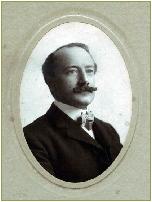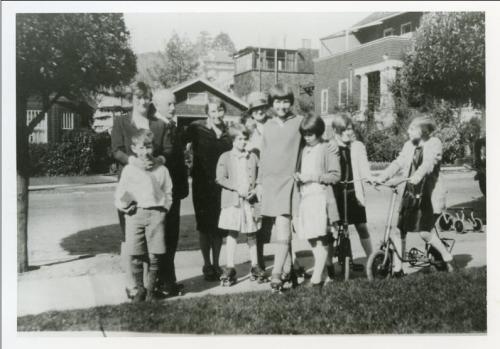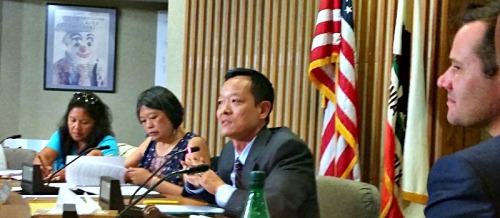I got an email today that is really setting me off. I am redacting identifying details to protect the family, and because I believe this happens all the time: in many ways the specific school doesn’t matter. Read:
I did some research to see what would be the best option for my child. I really liked the idea of [redacted], and I thought it would work for my child with the right support. [redacted} charter school was one of my choices, so I spoke with its resource specialist. [redacted] was very fair and kind, but . . . told me that children with [disability] are typically not a good fit for [charter school]. This school is recommended for children who are independent and are able to learn without much of adults intervention. [emphasis added] I sent [redacted] my child’s last IEP in advance, and [redacted] thinks [redacted] disability is too severe that [school] may not be able to support [child] as it is a charter school with limited resources.
Wow. The parent who wrote me describes the child as having a speech delay and lacking social skills compared to peers. She wrote: the child is “advanced academically and is able to follow directions. . . I would not call [child]’s’ disability ‘severe.'”
So here’s my question. Would the same charter school tell parents of typical children that it serves children who are able to learn without much adult intervention? I really doubt it, since that wouldn’t be a very good selling point.
This is a hot button for me because the practice of “counseling out” children who are more difficult and time-intensive to educate (read: expensive) is a common complaint about charter schools. Charters are particularly notorious for failing to serve students with disabilities — and parents of students with profound intellectual or physical disabilities often don’t even try to enroll their children at charter schools because it’s so rare that their kids are actually served at these institutions, even though Federal laws governing the education of students with disabilities apply to charter schools in the same way they apply to district-managed public schools.
I want to believe what the leaders of our district’s charter schools tell me — I really do. Every school talks about its commitment to serving all students, particularly those with challenges, how they want to increase opportunity for all students and how they are just struggling, underfunded public schools just like district-managed schools. And then I hear things like this parent’s story.
Tonight I did talk to a parent whose child with autism was served well at this particular charter school, and she urged me to get a fuller account before judging. Indeed, it appears that the professional that the original parent who wrote me talked to might be an SFUSD employee and not an employee of the charter school. So there is more fact-finding to do about this particular situation. On the other hand, in response to a Facebook post this evening I got an email from a different parent who experienced a similar situation a year or two ago:
My child is visually-impaired and when we were applying to SFUSD high schools, I called the head of special ed at each of the schools we were looking into, [redacted], [redacted], [redacted] and [charter]. I was really, really interested in [charter]. I’d heard that it was great . . . When I spoke to the RSP, that was not my impression. I was told no students with visual impairments had attended [charter], they don’t offer as many special education services as most of the schools in district. They didn’t have any special day classes. I was told that because they were a charter school, [child’s] IEP didn’t really apply.
To be fair, the parent also said that a highly-selective district-managed comprehensive high school was similarly discouraging. Her child is now in another district-managed high school and doing great. She isn’t looking to rock the boat, but was interested in sharing a perspective because I raised the topic.
I want all public schools, whether they are privately-managed charter schools or district-managed traditional schools, to be very thoughtful about their obligations to students with disabilities and to remember that their charge is to serve ALL, without barriers. Tonight’s communications have reminded me that we aren’t there yet and need to do much, much better by our students with disabilities.




 Anyway. I also need to appreciate Interim Superintendent Myong Leigh, who has stepped into this role like he has always owned it. I know he doesn’t want it forever — he’s made that abundantly clear — and he’s stepped up just the same. His Superintendent’s remarks at tonight’s meeting made clear that he is taking this new role seriously. I am so grateful to him.
Anyway. I also need to appreciate Interim Superintendent Myong Leigh, who has stepped into this role like he has always owned it. I know he doesn’t want it forever — he’s made that abundantly clear — and he’s stepped up just the same. His Superintendent’s remarks at tonight’s meeting made clear that he is taking this new role seriously. I am so grateful to him.